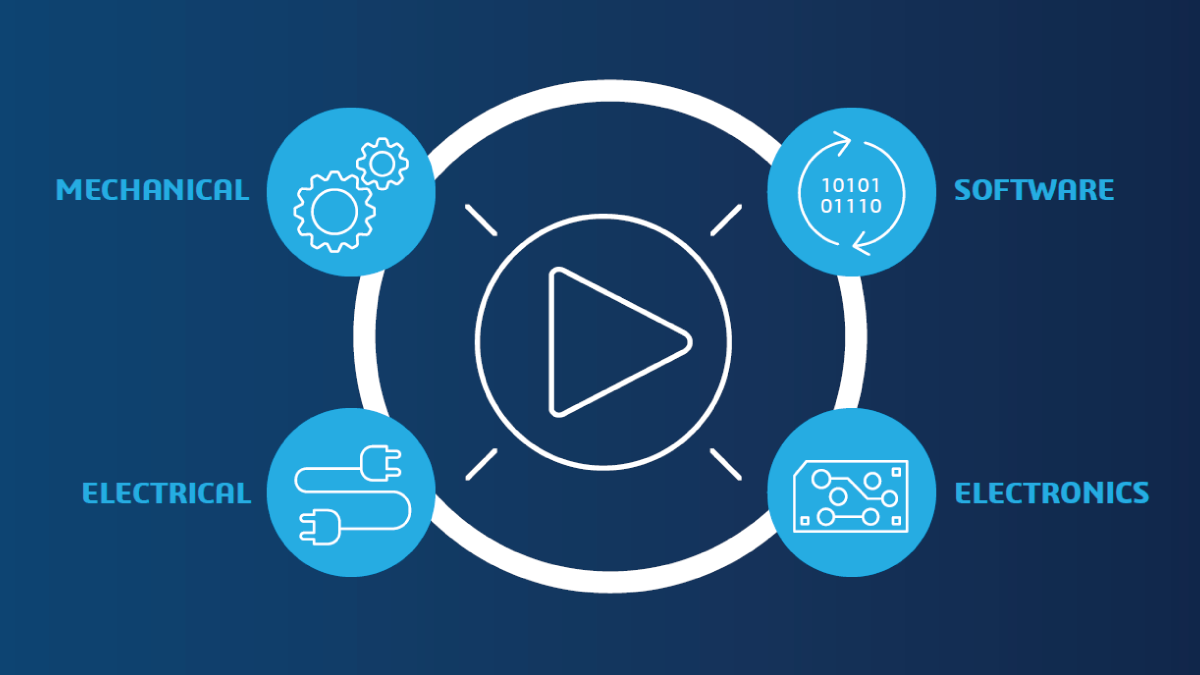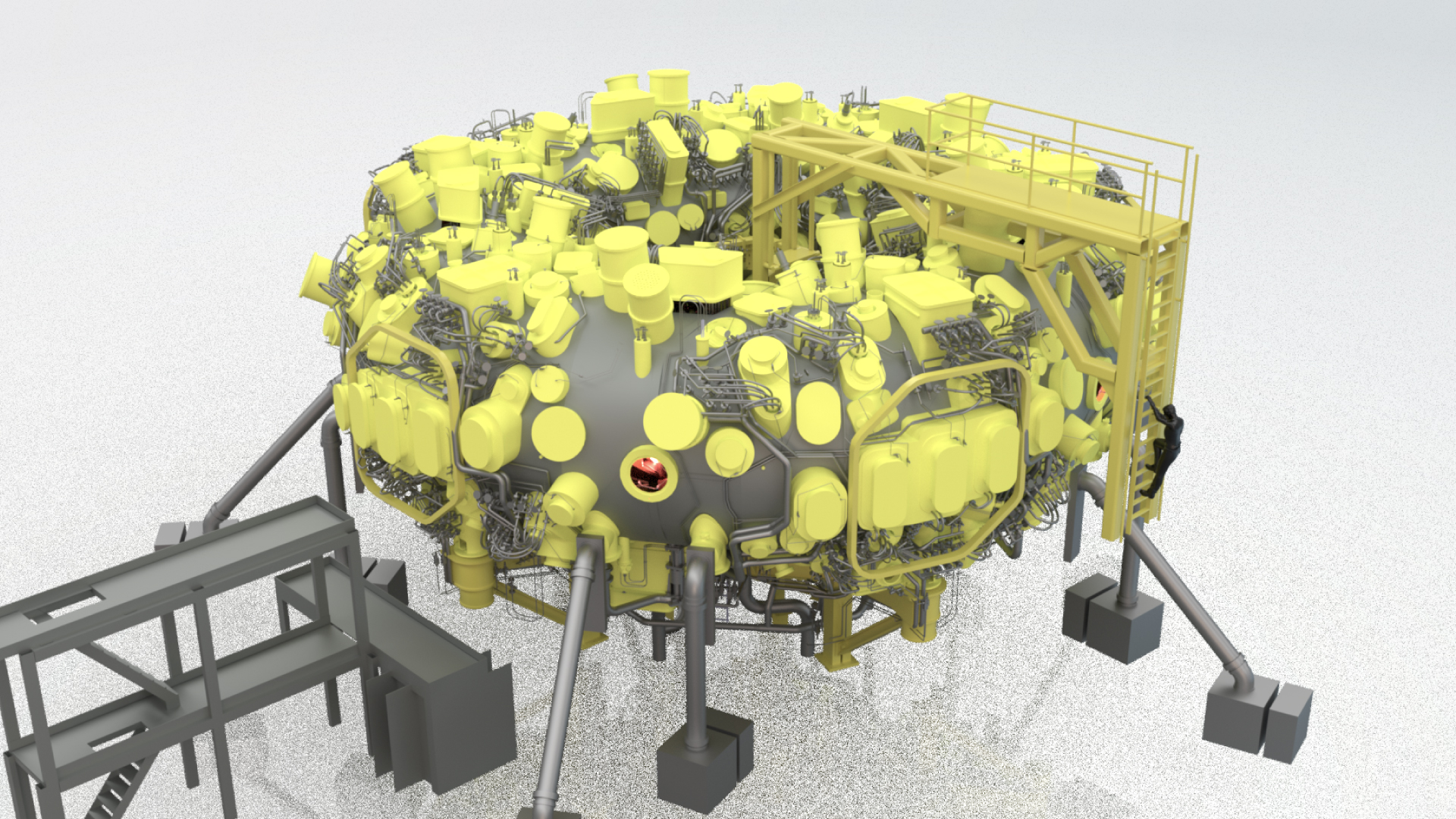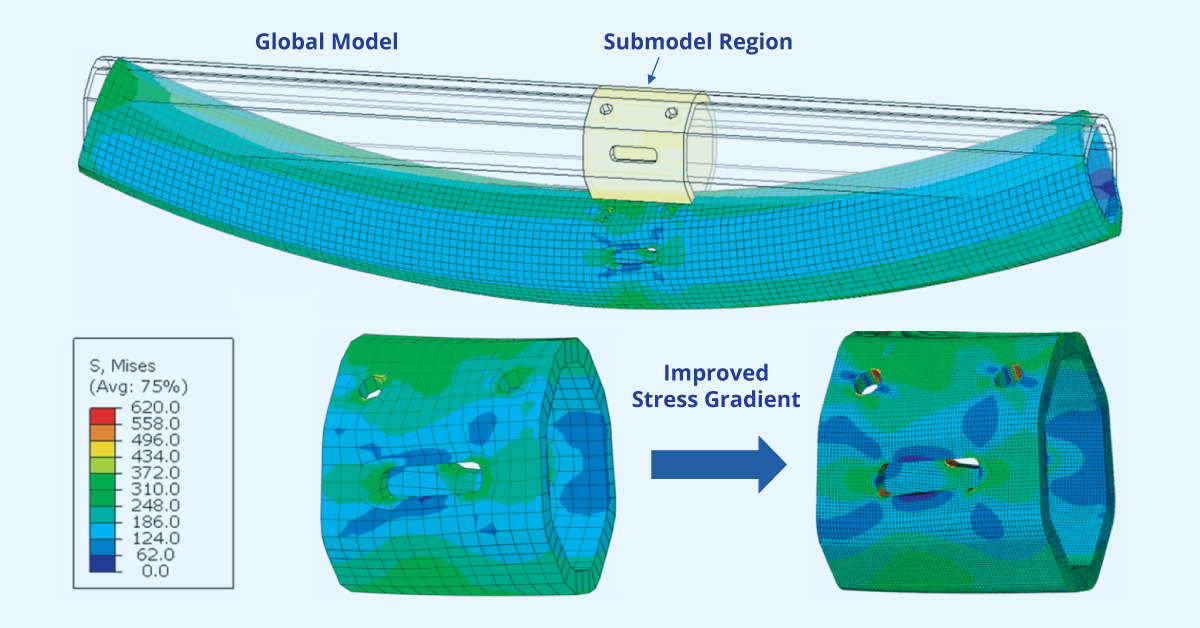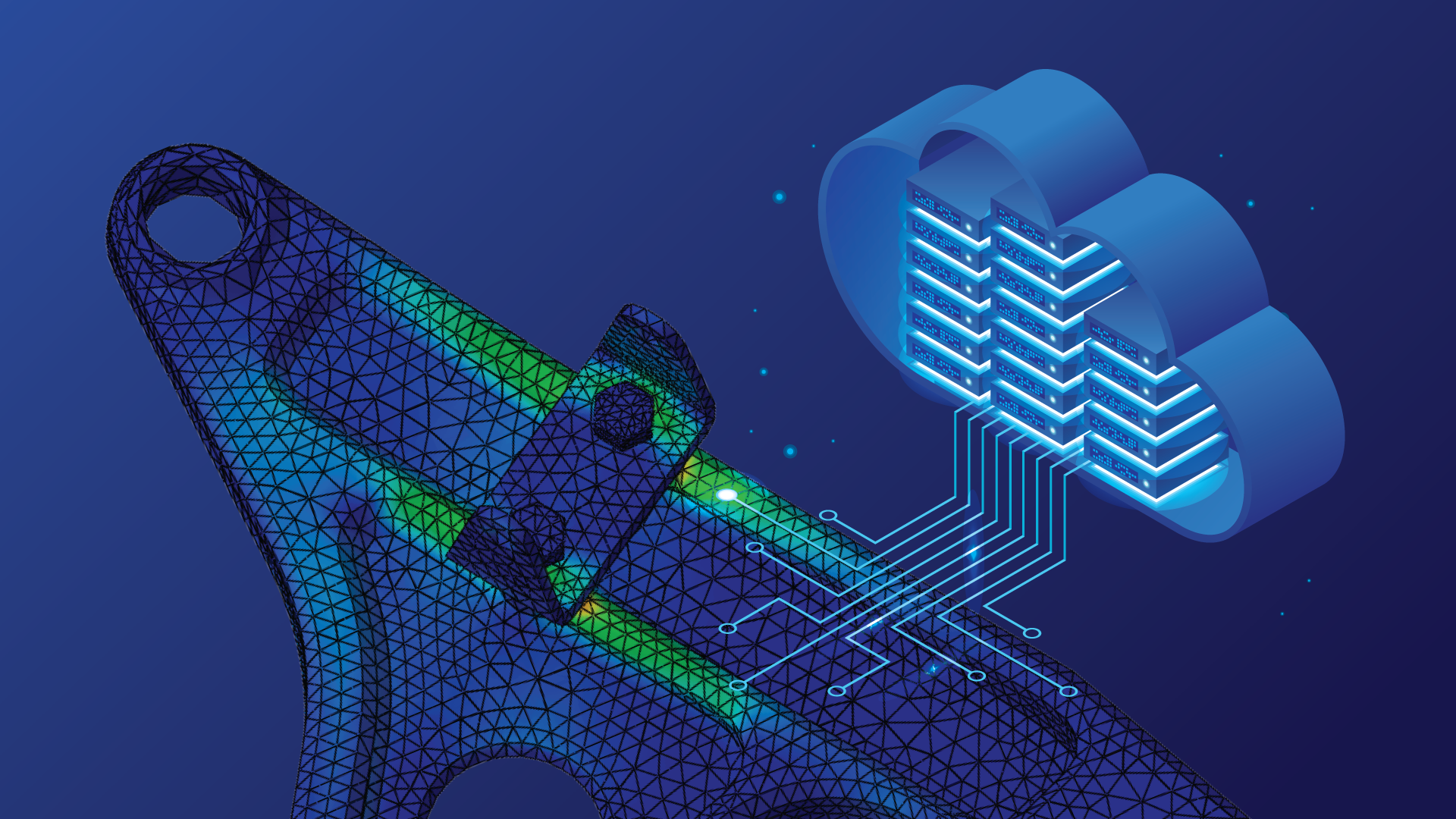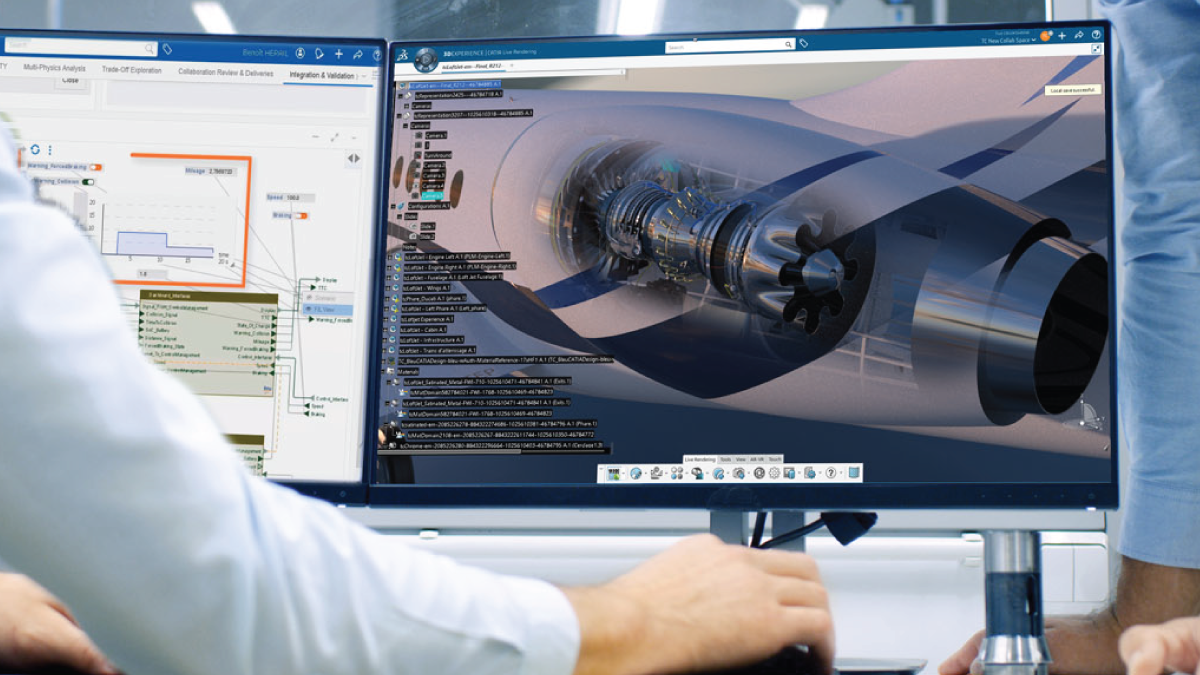Inceptra Insight Blog
Inceptra’s Insightful Journey into the Future of Product Development
-
Discover how the Dassault Systèmes 3DEXPERIENCE Systems Traceability app enables product development collaboration and traceability, supporting systems analysis among heterogeneous data sets authored in different tools.
-
If you use ENOVIA Digital Mockup (DM1) to view, measure, mark-up, cut sections, or otherwise review CATIA data, you’ll be excited to learn about the new and enhanced capabilities provided by upgrading to 3DEXPERIENCE.
-
Learn how you can automatically create approximation models in SIMULIA’s Isight solution for reduced order modeling. Quickly and efficiently explore and optimize product design alternatives using the different types of approximation models available in Isight.
-
With 3DEXPERIENCE ENOVIA, it is now possible to build the entirety of a large assembly in one model. Learn the why, what, and how of assembly filters that enable designers to easily work with the full model, no matter its size.
-
How to design and manage a group of similar parts by leveraging a spreadsheet to simplify these processes using the Dassault Systèmes 3DEXPERIENCE platform tools: Design Table, Component Family and Product Table.
-
How to use submodeling, an effective technique that can be used in Abaqus when detailed product simulation results are required for a localized region of a model, reducing the computational demands and runtime of an analysis.
-
Learn why practice human-centered product design and how to use the 3DEXPERIENCE CATIA Human Design app to virtually validate form, fit, and function before spending time and money to produce physical prototypes.
-
Discover the configuration management capabilities of the Dassault Systèmes 3DEXPERIENCE platform that can enable your teams to deliver configurable products faster while minimizing design changes and development costs.
-
You can now eliminate simulation queue delays and accelerate product design validation by adopting or adding SIMULIA SimUnits to run cloud-based simulations that leverage multiphysics solvers and High Performance Computing resources.
-
Learn about the key functionality that allows simulation users to seamlessly move their simulations to the SIMULIA cloud computing platform. Also discover how this functionality parallels that available in Abaqus.
-
As we enter the 4th Industrial Revolution and the degree of complexity in our products skyrockets, the need to revive a skillset that was the norm before the 1st Industrial Revolution – a multidisciplinary understanding of the system – is being felt.

